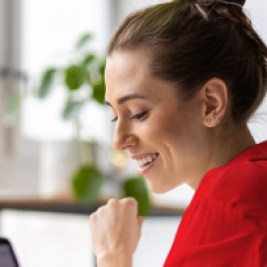Try these road trips to see some of the best of the US
• 18 journeys to provide inspiration for your travels • Everything from national parks to beach towns to the big city Have wheels, will travel. But where should you go for that memorable getaway? Here are 18 of the best…





